What Is Silicone?
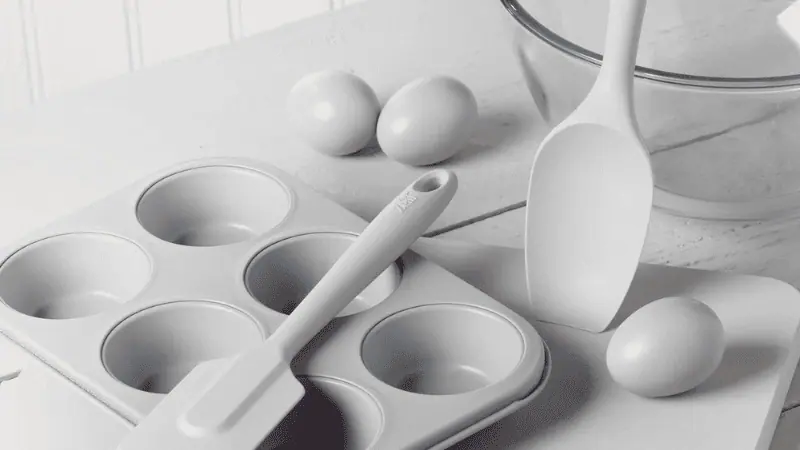
Silicone is a polymer with a polysiloxane backbone. The synthetic material has a chemical composition consisting of silicon, hydrogen, oxygen, and carbon. Furthermore, it has a rubber-like consistency and is used in several applications.
Because of its high performance and properties, including excellent abrasion resistance, chemical stability, and electrical insulation, silicone rubber products are popular. Other exceptional properties of silicone rubber include its ability to withstand extremely high temperatures and flexibility.
The silicone industry is extensive. Silicone rubber is used across several industries to produce durable and abrasion-resistant products. For instance, it is used in the cosmetics, automotive, food, and medical industries.
Furthermore, 100% silicone is safe, inert, and free of harsh chemicals, making it suitable for producing children’s toys, feeding bottles, and food containers.
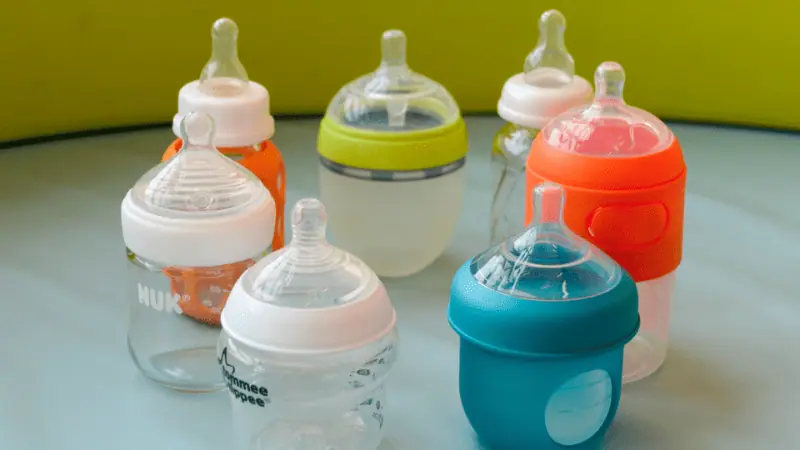
Advantages of Silicone Products
Durability
One of the properties of silicone that makes it highly sought after in the manufacturing industry is its durability. Silicone products have excellent abrasion and thermal resistance. Therefore, even with multiple uses, high-quality silicone products retain their shape, lasting as long as possible.
Versatility
Silicone rubber is versatile and easy to mold into various shapes and sizes. As a result, this elastomer is used to manufacture products across several industries, from automotive to food and beverage.
In addition, silicone products can be manufactured in several colors to make them appealing to customers.
Health and Safety Benefits

Silicone rubber is inert and non-toxic despite its properties. 100% silicone rubber is FDA-approved for use with food and medical devices. This elastomer does not leach into food and is used in manufacturing food storage containers, baking molds, cooking utensils, and seals exposed to food.
Additionally, due to its biocompatibility, 100% medical-grade silicone is used in the manufacturing of implants and hypoallergenic products.
Lower Carbon Footprint Compared to Plastic
The carbon footprint of a material refers to how much greenhouse gases are generated from using such material. Plastic has a significant carbon footprint, contributing about 3.3% of greenhouse gas emissions globally. Although silicone also has a carbon footprint, it is lower than plastic.
Inquire About Our Silicone and Plastic Products!
Sustainability of Silicone Products

Life cycle analysis of silicone
The life cycle assessment (LCA) of silicone rubber evaluates the sustainability of the material and its effect on the environment. The approach considers the potential impact of silicone products on the environment in each stage of their life cycle.
The life cycle of silicone begins with the extraction of raw materials and then moves on to their processing and manufacturing into valuable products. This process also involves the distribution, usage, recycling, and final disposal of the material.
This entire cycle has an impact on the environment and its sustainability, which is why it is important to ensure that the silicone production process is as eco-friendly as possible.
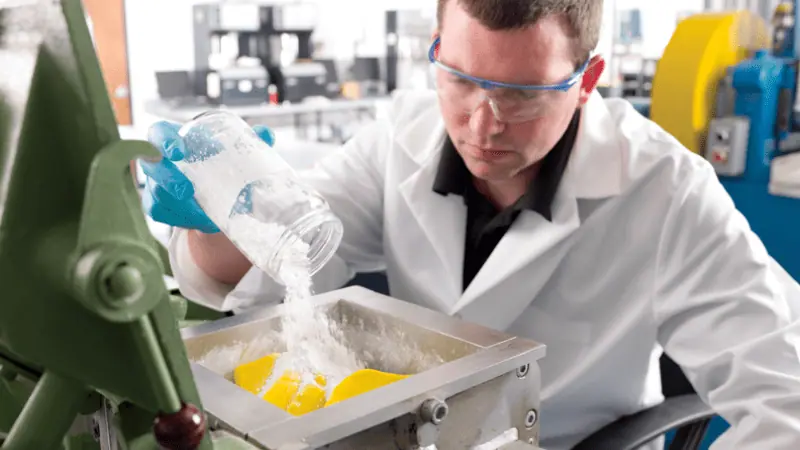
Life cycle analysis of silicone addresses the potential trade-offs between silicone’s environmental impact and sustainability to help provide the best solutions for the environment. The LCA for silicone across its entire life includes:
- Raw material extraction: silica is one of the constituents of silicone rubber. This material is extracted from rocks and sand, impacting the environment. Nonetheless, the environmental impact of the extraction varies depending on the method used and the extraction location.
- Manufacturing: silica is mixed with other chemicals and additives to produce silicone rubber. The silicone rubber manufacturing process also uses significant amounts of heat. Due to the energy consumed during this process, greenhouse gases and other air pollutants are emitted.
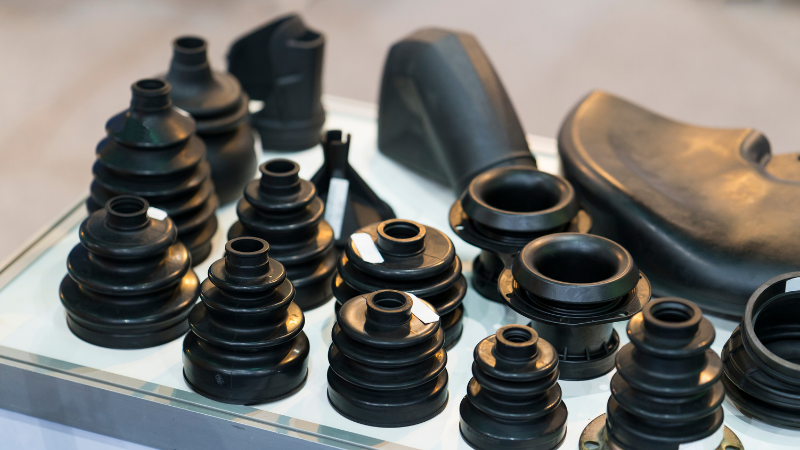
- Applications: silicone rubber is processed into several products used across several industries. The environmental impact of silicone at this stage will depend on the application and the product produced.
- End of life: Silicone rubber may be recycled or disposed of at the end of its useful life. The environmental impact depends on which method of disposal is used. Some companies offer programs to recycle silicone products and create less waste.
Resource Efficiency and Environmental Impact
Resource efficiency is essential for economic growth. It evaluates the environmental impact of silicone rubber and how to manufacture silicone products with minimal effect on the environment. Although silicone is not the most eco-friendly option, it is a better alternative to plastic.
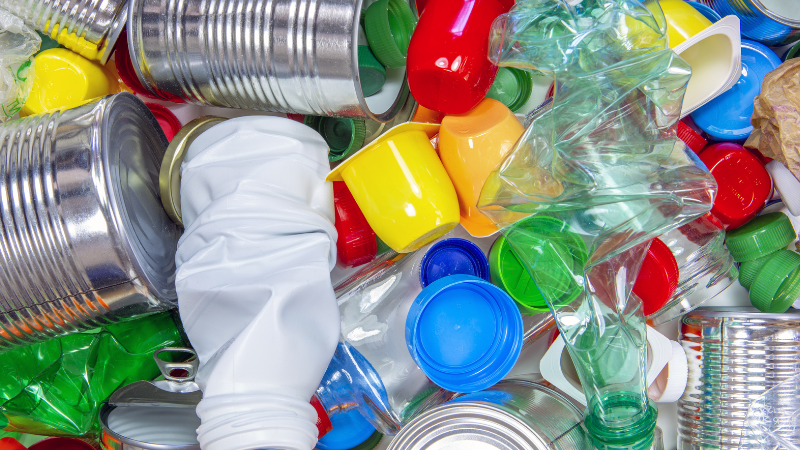
In addition, because of their durability, silicone rubber products are reusable. They are often used to reduce the waste generation rate and the load on landfills.
Recycling and End-of-life Options for Silicone Products
While silicone is not biodegradable, it is a highly durable material that can be recycled under specific conditions. Specialized facilities process silicone waste through mechanical, thermal, or chemical methods to break it down into reusable siloxane compounds.
Common end-of-life pathways for silicone products include:
- Recycling into lower-grade silicone items such as seals, gaskets, or industrial mats
- Conversion into silicone oil for uses as mold release agents, or water repellents
- Upcycling into construction materials or composite applications
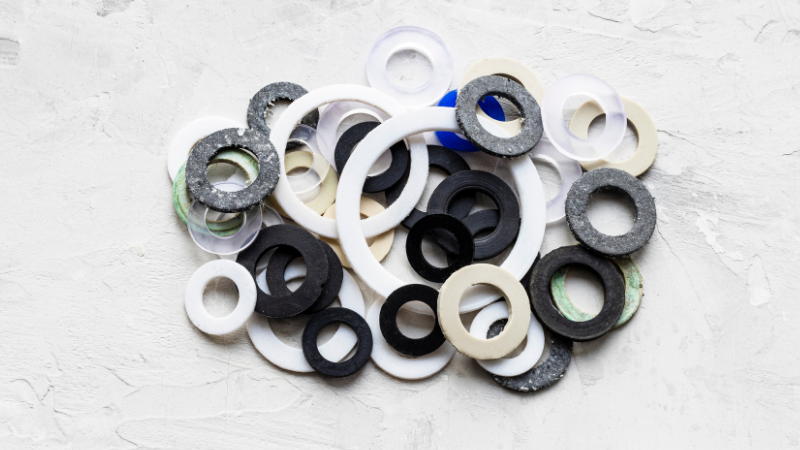
Although silicone recycling remains limited because of the logistical and economic challenges, advances in chemical recycling technologies are improving its circularity. Without recycling, silicone’s stability in landfills reduces the risk of leaching harmful substances.
Inquire About Our Silicone and Plastic Products!
The Eco-friendliness of Silicone Products
Silicone products are usually considered eco-friendly due to their durability and potential for specialized recycling.
Silicone vs. Other Materials: Environmental Impact

Although silicone rubber is non-biodegradable, the material is considered to have a lower environmental impact than certain materials. For instance, silicone is more eco-friendly than plastics, PVCs, and synthetic rubbers.
- Plastics – plastic is not eco-friendly and is a leading environmental pollutant. Furthermore, recycling plastic waste can be expensive and takes hundreds of years to degrade.
- PVCs – polyvinylchloride is more eco-friendly than plastic, but not biodegradable. Moreover, PVC contains additives that pollute the environment and pose a health risk.
- Synthetic rubber – although there are different types of synthetic rubber, generally, synthetic rubber derived from petroleum-based chemicals is non-biodegradable. Therefore, synthetic rubber may contribute to environmental pollution, especially when not disposed of properly.
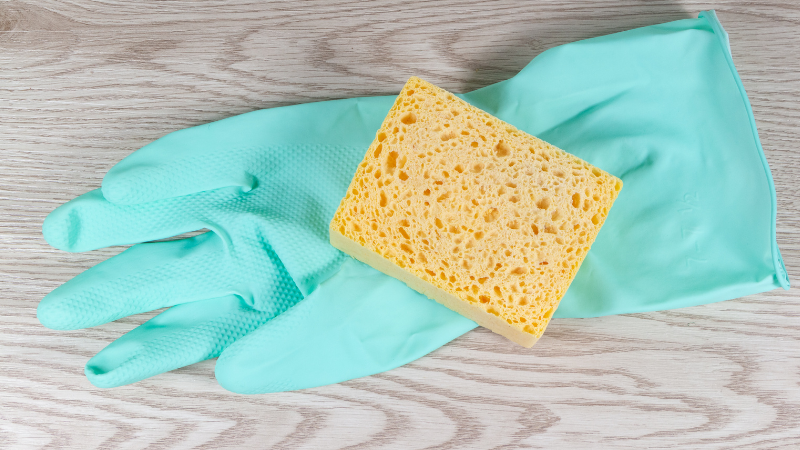
Eco-certifications for Silicone Products
Many manufacturers claim that their silicone products are pure silicone and do not contain fillers. Unfortunately, this is not always the case. You can always look for certifications that certify a silicone product as eco-friendly.
Some eco-certifications for silicone products include:
- Cradle to Cradle Certified® evaluates a product’s lifecycle from raw material sourcing to the end of life. Products with this certification meet strict criteria and sub-criteria that certify that each stage of their lifecycle is environmentally friendly.
- Green seal certification evaluates a product’s sustainability as well as environmental and health impact. Only products that pass the rigorous testing and evaluation process can be awarded this certification.
- FDA certification shows that a silicone product is safe for use with food and medical devices. Silicone products with this certification are 100% and contain no toxic fillers or additives.
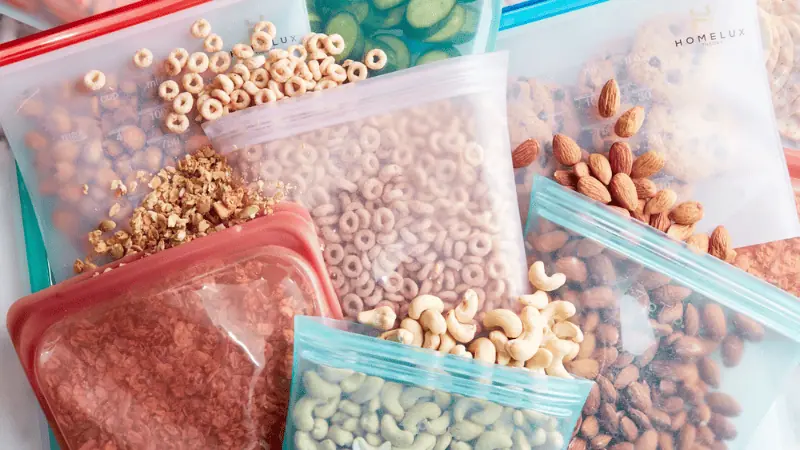
Role of Silicone in Reducing Waste and Promoting Sustainable Living
Silicone is a key material for promoting sustainable living and reducing waste, due to its exceptional durability and reusability. Its core environmental value lies in its incredible lifespan, allowing a single product to replace hundreds of single-use plastic goods over its years-long lifespan.
For example, one silicone storage bag can eliminate the need for a number of plastic bags, and a reusable baking mat can save countless rolls of parchment paper. Although silicone is not biodegradable, it effectively curbs waste generation by reducing the “consume-and-discard” cycle.
Therefore, a consumer’s choice to invest in high-quality silicone is not just a smart long-term decision but also a powerful commitment to minimizing waste and embracing a sustainable lifestyle.
Inquire About Our Silicone and Plastic Products!
What Should Be Concerned About Silicone Products?
Manufacturing and Disposal Impact
Although silicone rubber is manufactured from abundant resources like carbon and sand, the process may involve adding additives to improve the product’s strength. Unfortunately, these additives may be toxic to human health.
Recycling the product is expensive. In addition, because silicone is non-biodegradable, indiscriminate disposal may clog waterways and harm aquatic ecosystems.
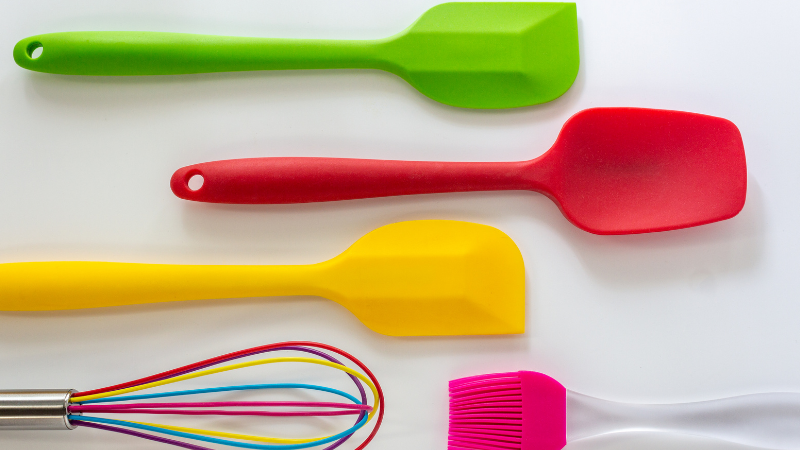
Potential Health Risks
Although silicone rubber is inert and generally considered safe, this material still poses certain health risks. For instance, substandard silicone products may leach into food and release toxic fumes at extreme temperatures.
Furthermore, food-grade or medical-grade silicone items should be pure and non-toxic. Unfortunately, if a silicone manufacturer uses fillers and additives, the products can be harmful to human health.

Silicone vs. Plastic: A Practical Comparison
Types of Silicone and Plastic Products on the Market
Silicone products on the market include silicone cookware, baby products, catheters, implants, gaskets, and seals. Silicone menstrual cups and food storage bags are also popular.
Plastic products on the market include IV bags, automotive interior trims, toys, and kitchenware.
Both silicone and plastic are used for similar products. For instance, there is plastic and silicone kitchenware on the market. Although silicone is not a biodegradable material, it can still replace plastic.
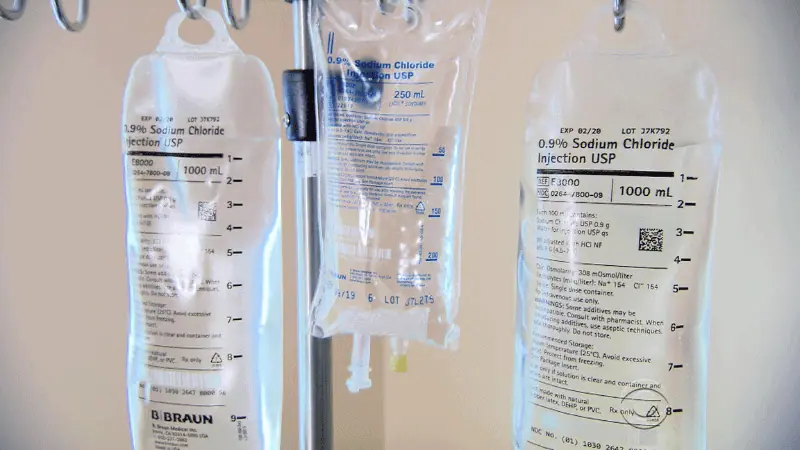
Key Differences: Safety, Durability, and Composition
Safety: The most significant difference between silicone and plastic products is the presence of phthalates and BPA. Unlike plastic products, silicone rubber products are BPA and phthalate-free. Therefore, they are not harmful to health.
Durability: Another difference is durability. Silicone products are more durable than plastic products.
Composition: Silicone has silicon, hydrogen, oxygen, and carbon constituents. Plastic, on the other hand, consists of polymers and additives. Furthermore, silicone is more flexible than plastic and can be molded into several functional products.
Common Misconceptions Debunked

Debunking Myths About Silicone
Myth: Silicone is harmful to health.
Fact:
- On the contrary, 100% pure, food-grade silicone is non-toxic and is widely used in both medical and food applications. Unlike many plastics, it does not contain harmful chemicals like phthalates and BPA.
- It can stand extreme temperatures without leaching, and it is less likely to cause irritations or allergic reactions because of its hypoallergenic properties.
- Myth: Silicone is too expensive.
- Fact: While silicone products’ initial cost may be higher than plastic, their superior durability makes them very cost-effective in the long run. Because they need to be replaced far less often.
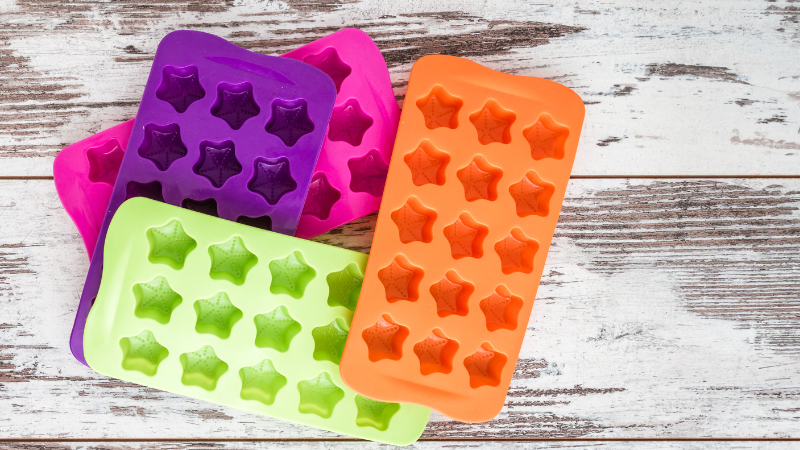
- Myth: Silicone is not eco-friendly.
- Fact: Although silicone is non-biodegradable, it has environmental benefits for its durability and reusability. By replacing countless single-use items, silicone significantly reduces the overall amount of waste.
Debunking Myths About Plastic
Myth: All plastic is bad and contains harmful chemicals.
Fact: This is an oversimplification. While many plastics do pose risks, there are several non-toxic, BPA-free plastic products on the market.
Myth: Plastic cannot be reused or recycled.
Fact: Certain plastics, such as those made from HDPE (High-Density Polyethylene), are specifically designed to be both safely reusable and easily recyclable.
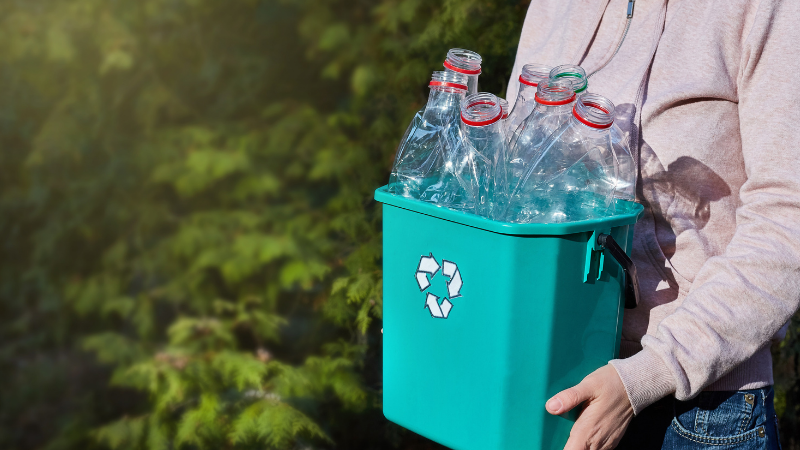
How to Make an Informed and Sustainable Choice
To avoid misconceptions surrounding silicone and plastic products, we recommend looking for relevant eco-certifications as a starting point.
Additionally, it is essential to familiarize yourself with the properties of these materials to determine their optimal applications.
With the right information, you can make informed choices when selecting a material for your needs, while keeping sustainability in mind.
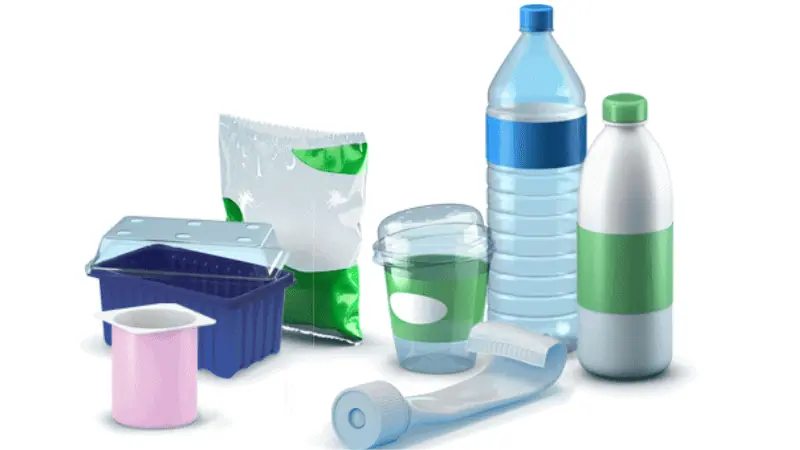
Tips for Choosing the Right Product for Your Needs
- Before choosing a product, it is essential to consider your specific needs. Are you looking for a product for medical-grade or food-grade applications?
- Consider the operating conditions of your application. The right product should satisfy the operation’s requirements without losing its properties.
- After deciding on your specific need, look out for reputation and certifications, which show that they’ve undergone rigorous testing and are safe for use.
- Price is another thing to look out for. Choosing a product that meets your needs and fits your budget is essential.
Inquire About Our Silicone and Plastic Products!
Conclusion
Embrace a more sustainable lifestyle with silicone! While not biodegradable, its exceptional durability and reusability make it an eco-friendly alternative to single-use plastics. By choosing durable silicone products, you actively reduce waste and lower your environmental impact. Investing in silicone is an effective step towards building a greener future for everyone.
Get Eco-friendly Silicone Products from Hongju Today!
Worried about hidden fillers and product safety? Hongju Silicone guarantees 100% pure, certified silicone for superior durability and peace of mind. Our custom solutions meet the strictest food and medical standards, providing a cost-effective investment over cheap alternatives.
Contact our experts find the perfect, high-performance product for your specific needs now!